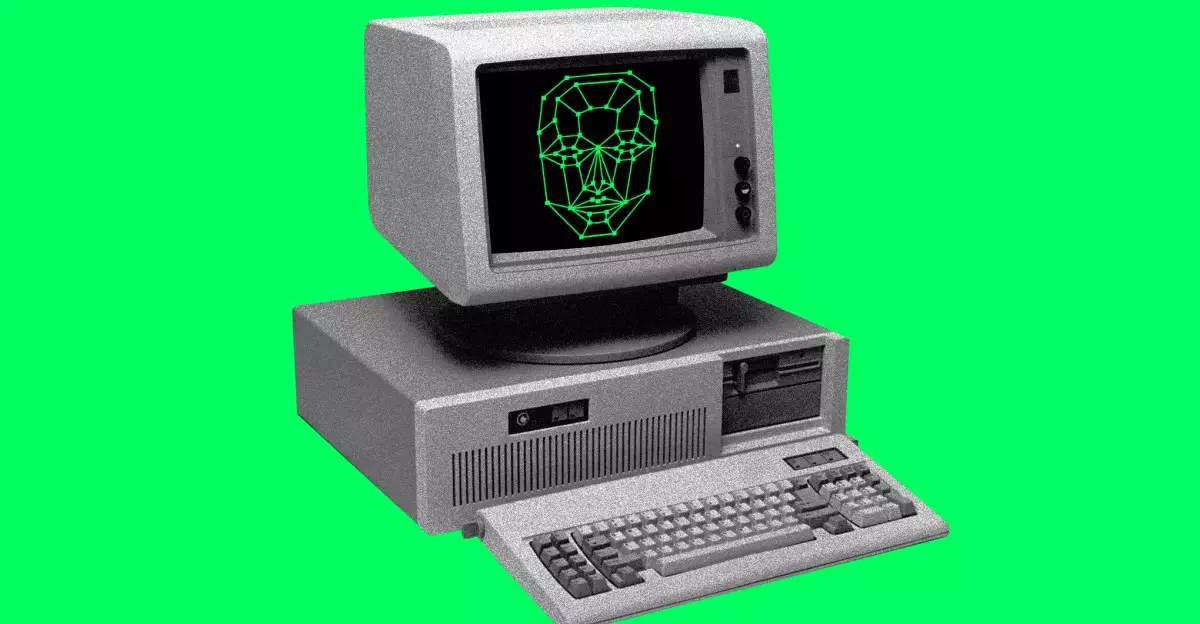Artificial intelligence has revolutionized content creation, promising innovative, efficient, and accessible tools for creators worldwide. However, beneath this veneer of technological progress lies a troubling reality: AI-generated videos, like those from Google’s Veo 3, can perpetuate harmful stereotypes and racial bias. The recent emergence of racist tropes within AI-generated media exposes a fundamental flaw — technology reflects the biases embedded in its training data. This revelation underscores the fact that AI tools are not neutral; they are a mirror of societal prejudices, capable of reinforcing discrimination if left unchecked. The fact that these videos, some achieving millions of views, showcase overtly racist content illustrates the urgent need for scrutinizing AI development protocols. It’s not enough for tech giants to claim they will “block harmful requests”—the real challenge lies in ensuring these systems don’t inadvertently generate or amplify hate speech.
The Power of Virality and the Spread of Hate
The virality of these toxic videos reveals a disturbing dimension of internet culture: content that is offensive or racist often garners more attention, shares, and engagement. When videos that embody racial stereotypes attract millions of views within seconds, it indicates both a desensitization to harmful content and a societal appetite for sensationalism rooted in hate. Social media platforms like TikTok, YouTube, and Instagram are not passive bystanders; their algorithms often prioritize engagement above all else. This inadvertently boosts content that contains racist depictions, regardless of intent. While platforms officially condemn hate speech, their systems frequently fail to prevent its proliferation. The consequence is a digital ecosystem where offensive content can go viral, shaping perceptions and eroding social cohesion. It also raises critical questions about the responsibility of platform creators to actively monitor and suppress harmful content, especially when AI technology makes it easier to generate and disseminate such material at scale.
The Ethical Dilemma of AI in Content Creation
The very design of AI tools like Google Veo 3 embodies a complex ethical dilemma. These platforms promise empowerment and democratization but pose risks when misused or insufficiently regulated. The revelation of racist outputs originating from AI systems—intentionally or inadvertently—highlights the necessity of rigorous oversight, transparent algorithms, and stringent content moderation. There’s a paradox at play: AI can either be a tool for good, promoting understanding and diversity, or a catalyst for harm. To fulfill its potential responsibly, AI must be programmed explicitly to recognize and reject offensive stereotypes, particularly those targeting marginalized communities. The current situation, where harmful content surfaces and even spreads widely, indicates a profound failure in these systems’ ability to distinguish right from wrong. Tech companies must internalize their ethical responsibility, not merely to block some harmful requests but to build inherently safer and more inclusive AI models.
Moving Forward: Responsibility and Accountability
The challenge now is not only to acknowledge the existence of racist AI content but also to take decisive action. Media exposes, watchdog reports, and public outrage are crucial catalysts for change, yet they must translate into concrete industry reforms. Developers and platform providers should prioritize diversity and anti-bias training in their AI teams, invest in better detection algorithms, and enforce stricter content moderation policies. Moreover, fostering open dialogue with marginalized communities—listening to their experiences and concerns—can guide more ethical AI development. Until these steps are universally embraced, the risk remains that technology will continue to be weaponized against vulnerable groups, contributing to societal polarization and discrimination. AI creators have a moral duty to ensure their innovations do not become tools of hatred; the future of inclusive, responsible technology hinges on their willingness to confront these uncomfortable truths now.

